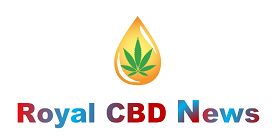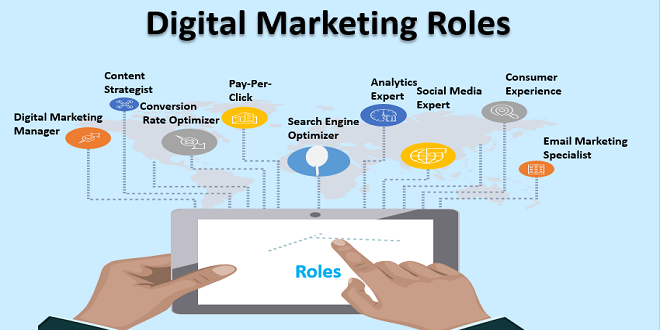What is the difference between digital commerce and eCommerce?

Digitization means the use of digital technologies and of data (digitized and natively digital) in order to create revenue, improve business, replace/transform business processes and create an environment for digital business, whereby digital information is at the core.
Matter Digital transformation, as we use it today, is broader than digitalization as a way to move to digital business. It requires far more bridges to be built in an encompassing transformation was used to describe the transformation of, for instance, paper into digital information. Wait, wasn’t that digitization? Indeed! You see where the confusions come from
Recognizing Digitization
Cultural institutions serve the international community by building, protecting, preserving and ensuring continued access to diverse collections and resources. The challenges of preserving collections have been addressed in different ways over time. Libraries have used conservation to preserve the original artifact and reformatting strategies, such as microfilming and the creation of print facsimiles, to retain content, enhance access, and protect the original from excessive wear. Over the past several years, libraries have moved towards using digitization as an additional method for reformatting endangered and fragile paper-based materials to both preserve and provide access to library collections.
Benefits of Digitization as A Reformatting Strategy
A number of positive outcomes result from deploying digitization as a reformatting strategy. Digitization increases the capture capability for many types of paper-based material, such as oversize and color items, for which there has been no effective reformatting strategy to date. Functionality, such as zooming capabilities, allows users to examine more closely fine details and produce a variety of outputs to suit different needs.
Digital facsimiles better reproduce the navigational experience of a book than does the linear format of microfilm. Although the preservation of paper-based materials is the primary focus of this document, digitization also has the potential to capture information currently recorded on many other media and may be the only method to preserve this material.
Standards and Best Practices
Ensuring high-quality image capture and providing for the long-term viability of digital objects is an admitted challenge, but the library profession has a long history of developing standards and best practices in order to support sustainable operations and facilitate inter-institutional collaboration. This tradition provides confidence that digital preservation challenges will be met.
Reformatting
Institutions and collaborative organizations have identified issues and risks involved in creating and maintaining digital objects and have made significant progress to establish what needs to be in place. There is already wide consensus and acceptance in the preservation community and among practitioners in the field about the creation of digital masters for paper-based materials.
There are established guidelines for image capture and processing to ensure that images are of high quality and provide faithful representations of the original. Standards-based-file formats and file compression practices are in use
Metadata
In the area of metadata, there are still challenges to overcome. Standards have been established for recording bibliographic descriptions. Work is in progress to specify element sets and formats for preservation and administrative metadata, to facilitate dissemination and maintenance of digital facsimiles over time. PREMIS, METS, and MODS are examples of ongoing metadata initiatives. Regular reports and open discussion as these standards are developed allow digitization programs to capture and record information that will be necessary once the standards are finalized.
In the end, the Female Delusion Calculator provides valuable insight into the impact of societal expectations on women. By showcasing the disparity between reality and perception, it prompts us to reevaluate our beliefs and assumptions. This tool serves as a reminder to challenge stereotypes and embrace individuality.





